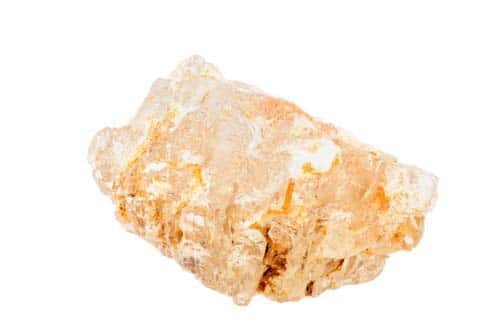Cesium Mining
Cesium
Description
Cesium (Cs) is a waxy, silvery-gold metallic element that is the softest of all metals. Cesium is one of three metals (gallium and mercury) that are liquid at or near room temperature.
Cesium is a very reactive metal, that when mixed with cold water, produces an explosive reaction. Its melting point is so low that it will melt if it is held in the hand. However, because it is so reactive, it can seriously burn the skin, so it must be handled with great care.
Only a few thousand kilograms of cesium are used each year. A number of minerals contain significant amounts of cesium, including mica, beryl, feldspar, petalite, and pollucite, which is the mineral it is usually mined from.
| Type | Crystal System |
| Element (Minerals/Ores of) | Isometric |
| Mineral Classification | Color |
| Silicate | Usually colorless, also white, grey, pink, blue or violet |
| Chemical Formula | Luster |
| Cs(Si2Al)O6.nH2O | Vitreous, greasy |
| Mohs Hardness | Fracture |
| 6.5 – 7 | conchoidal, uneven |
Relation to Mining
Most cesium is processed from the mineral pollucite, which is found in pegmatites. Pollucite mining is a very small scale and selective process.
The United States has low-grade deposits of cesium ore in South Dakota and Maine, which are currently not economical to mine. As a result, the U.S. imports 100% of the cesium it uses, primarily from Canada. Other nations producing cesium are South Africa and Zimbabwe.
Uses
Cesium and cesium compounds have a number of interesting uses and applications. For example, they are used as catalysts in chemical reactions. Because it is easily ionized by light, metallic cesium is used in photoelectric cells and infrared detectors. (An element that is ionized is transformed from a neutrally charged element into an electrically charged ion.) Cesium compounds are used in specialized alkaline batteries that are designed to work in subzero climates. Cesium carbonate is used in the production of special glass and glass products.
The most accurate clock in the world, the “atomic clock,” measures time based on the very precise vibration of the electrons in the outer shell of the cesium atom. This clock is accurate within 5 seconds every 300 years!
Cesium-137 is radioactive and may be used for radiation therapy to treat certain cancers.
Space travel engineers have discovered that burning cesium in space is a very efficient form of fuel. It is determined to be 140 times more efficient than any other fuel.


